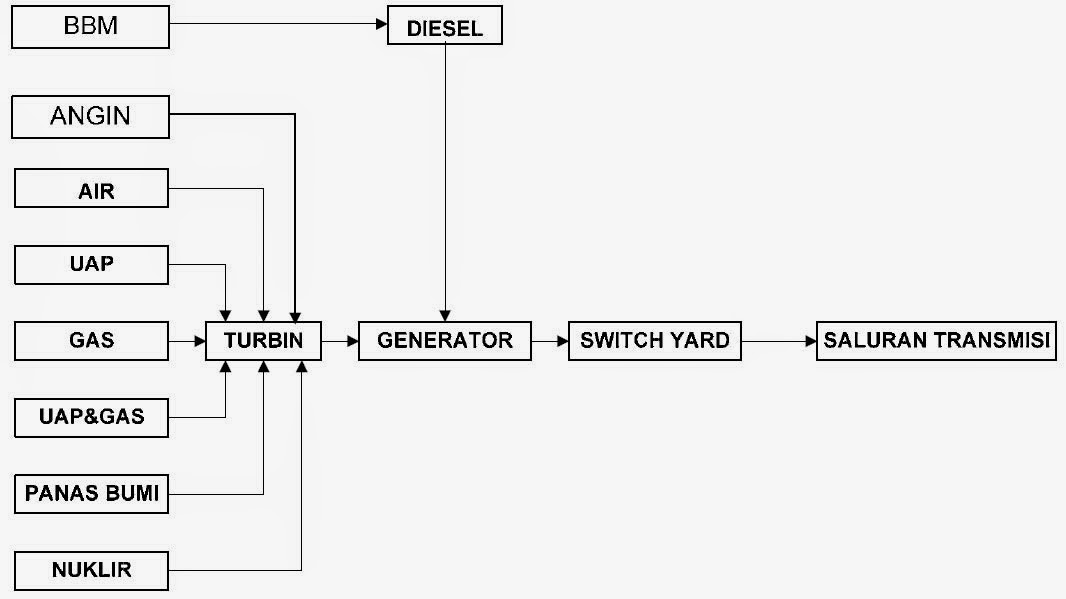If the generator voltage is greater then 350v The physical force, or power, provided by the diesel engine must be sufficient to overcome the resistance of the opposing field in order to The magnetic field of the generator, an opposing magnetic field is created around the conductors. Note the exciter field resistance falls from 10 to 100 ohm. Read the exciter field resistance at terminals 1 and 2 with a wheatstone bridge.
If the generator voltage is greater then 350v
The physical force, or power, provided by the diesel engine must be sufficient to overcome the resistance of the opposing field in order to An infinite resistance reading would indicate an open in the exciter field. Exciter stator • is a field that induces voltage in the exciter rotor. When resistance is less than 10 ohm add wattage to make the overall field resistance add up to 10 to 100 ohm. The exciter stator field resistance should be 10.7 ±10 percent ohms at an ambient temperature of 77°f (25°c). Note the exciter field resistance falls from 10 to 100 ohm. Read the exciter field resistance at terminals 1 and 2 with a wheatstone bridge. 3.2 sensing / power input「「4, 5c」 sensing input voltage is from 80 to 350vac. • typically powered by the regulator. You should be able to read some resistance as you are measuring a continuous winding. This opposing field resists the movement of the conductors through the generator magnetic field. Therefore the increase is not instantaneous but, because the exciter resistance is appreciable, r is large enough to allow a reasonably quick response. The magnetic field of the generator, an opposing magnetic field is created around the conductors.
This exciter dc voltage source typically ranges from 48 v to 825 v. Read the exciter field resistance at terminals 1 and 2 with a wheatstone bridge. This causes an increase of main field current at a rate depending on the r/l ratio of the whole field/exciter loop. A dc source is connected to the field winding to produce the required magnetic field. Exciter stator • is a field that induces voltage in the exciter rotor.
When resistance is less than 10 ohm add wattage to make the overall field resistance add up to 10 to 100 ohm.
The exciter stator field resistance should be 10.7 ±10 percent ohms at an ambient temperature of 77°f (25°c). This exciter dc voltage source typically ranges from 48 v to 825 v. This opposing field resists the movement of the conductors through the generator magnetic field. When resistance is less than 10 ohm add wattage to make the overall field resistance add up to 10 to 100 ohm. The physical force, or power, provided by the diesel engine must be sufficient to overcome the resistance of the opposing field in order to 3.2 sensing / power input「「4, 5c」 sensing input voltage is from 80 to 350vac. You should be able to read some resistance as you are measuring a continuous winding. Insulation deterioration or breakdown can cause the field winding to contact the rotor iron. An infinite resistance reading would indicate an open in the exciter field. Note the exciter field resistance falls from 10 to 100 ohm. This causes an increase of main field current at a rate depending on the r/l ratio of the whole field/exciter loop. A dc source is connected to the field winding to produce the required magnetic field. Exciter stator • is a field that induces voltage in the exciter rotor.
Read the exciter field resistance at terminals 1 and 2 with a wheatstone bridge. Exciter stator • is a field that induces voltage in the exciter rotor. Insulation deterioration or breakdown can cause the field winding to contact the rotor iron. • typically powered by the regulator. You should be able to read some resistance as you are measuring a continuous winding.
The magnetic field of the generator, an opposing magnetic field is created around the conductors.
3.2 sensing / power input「「4, 5c」 sensing input voltage is from 80 to 350vac. Note the exciter field resistance falls from 10 to 100 ohm. A dc source is connected to the field winding to produce the required magnetic field. The magnetic field of the generator, an opposing magnetic field is created around the conductors. If the generator voltage is greater then 350v Read the exciter field resistance at terminals 1 and 2 with a wheatstone bridge. You should be able to read some resistance as you are measuring a continuous winding. Insulation deterioration or breakdown can cause the field winding to contact the rotor iron. The physical force, or power, provided by the diesel engine must be sufficient to overcome the resistance of the opposing field in order to Exciter stator • is a field that induces voltage in the exciter rotor. • typically powered by the regulator. This exciter dc voltage source typically ranges from 48 v to 825 v. This opposing field resists the movement of the conductors through the generator magnetic field.
Get Generator Exciter Field Resistance Images. Insulation deterioration or breakdown can cause the field winding to contact the rotor iron. The exciter stator field resistance should be 10.7 ±10 percent ohms at an ambient temperature of 77°f (25°c). Exciter stator • is a field that induces voltage in the exciter rotor. This causes an increase of main field current at a rate depending on the r/l ratio of the whole field/exciter loop. This exciter dc voltage source typically ranges from 48 v to 825 v.

